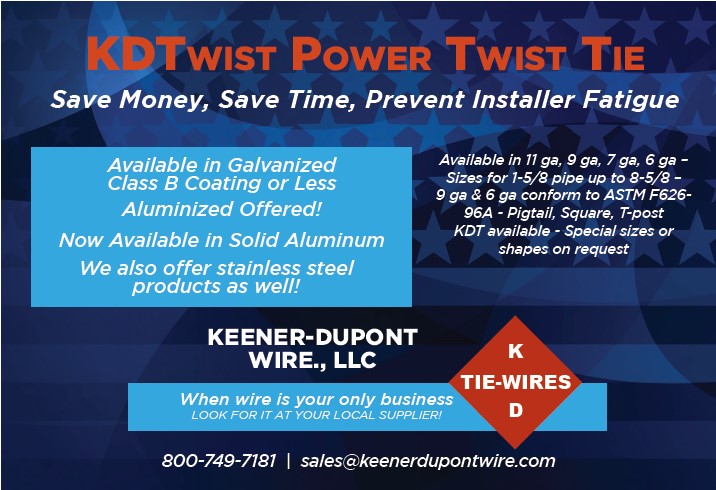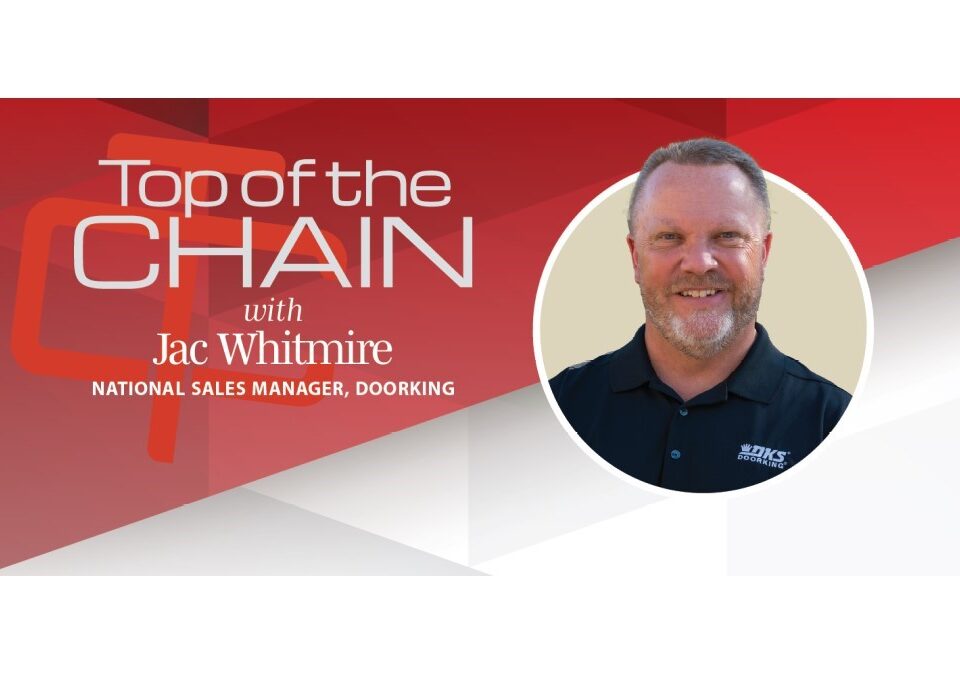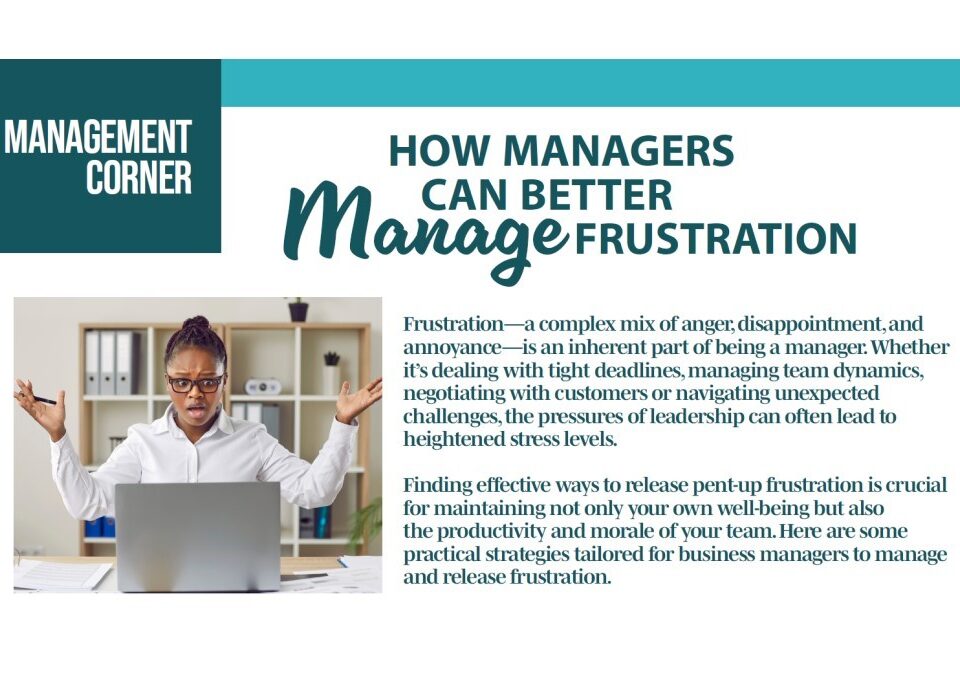
Embracing Change: 5 Strategies for a Resilient Team
March 28, 2024
What’s Your EQ?
April 29, 2024The Hierarchy of Commercial Projects
by Robert A. Miller, PSP, CDT, CSI
Imperial Professional Consulting Services
Whether you are a seasoned veteran working in the commercial and industrial fence markets or you are looking to expand your business into these markets, it is critical to understand the expectations of your company’s place in the project delivery process.
The Construction Specifications Institute (CSI) project delivery process defines the primary stakeholders in a project and identifies their roles as project team participants.
In order of decision making ability and final say they are :
- The owner initiated the project, funds the project, and have final say in the design and construction process. They are the principal stakeholder in the commercial construction process.
- The owner’s representative may be a specific employee or hired company or individual to act as the owner in decision making matters for the project.
- Occasionally, the facility manager may also have influence in decision making, but verify their role in the construction process as one being appointed by the owner.
- The design team works to transform the owner’s vision and intentions to a buildable project. They provide documentation required for constructing the functional, aesthetic, and technical elements of the project.
- Depending on contract arrangements, this may include an architect, landscape architect, engineer, design consultant, or specifiers.
- The construction team works to convert the design concept into a physical facility or site. There are several layers on the construction team including estimating, scheduling, subcontractors, and overall project management.
- Most often, fence companies fall into the subcontractor role. That is to say that legally they are contracted by a construction manager of general contractor to perform their specific scope, installing the fence and fence related items.
- The supplier team furnishes the materials and products necessary for construction to various teams noted above, depending on the product and that industries standard operating procedures.
- Some suppliers may sell direct to an owner based on a national agreement or owner’s desire. Less often they may sell to a design professional to insure proper use and installation. Most often they sell to the contractors or subcontractors who are installing their products.
- In the fence industry, the most prevalent and accepted supply chain path is that the fence installer buys from a fence distributor or manufacturer. The specialized nature and numerous parts require significant product knowledge and understanding of the fence systems and how they go together.
Essentially, the construction hierarchy is a legal matter and from the perspective of the fence contractor, you want to be aware of who issued you the contract, as legally that is who you are obligated to perform to, communicate directly with, and who is ultimately going to pay you!
The most important thing is to maintain a level of professionalism and respect along the way. Keep in mind that although you may have a relationship with an architect or an owner, if your contract is issued by a GC or CM, then you must flow all questions and requests through them. There is a process in place that documents and assures that all stakeholders are informed along the way. The only exception is if you have it in writing as a contract amendment that allows you to obtain directives from other entities therein. It can be damaging to your company’s reputation if you circumvent the hierarchy and call an architect or an owner directly. Your trust with the CM or GC will be eroded and they may not contract again with you in the future.
Commercial bidding in the fence industry can be challenging, but it can be a rewarding and profitable segment and can help in growing your business.

With nearly 40 years of experience in the fence industry, Robert Miller is president of Imperial Professional Consulting specializing in the perimeter security industry. He is committed to lifelong learning to ensure that the latest trends and standards of the industry are being utilized for complete and effective perimeter security solutions.
Imperial Professional Consulting
586-747-7819
robm@imperialpcs.com
imperialpcs.com




